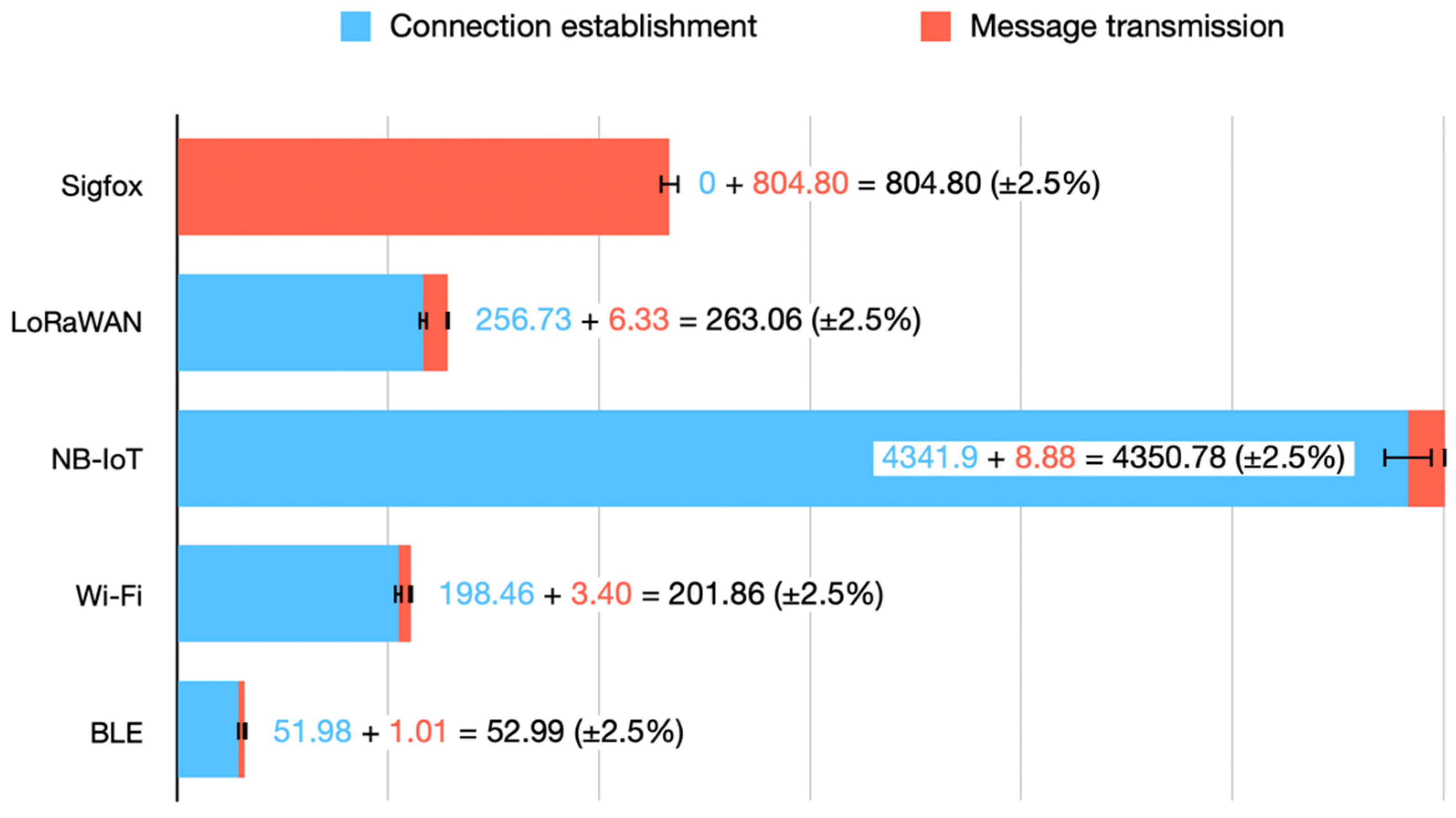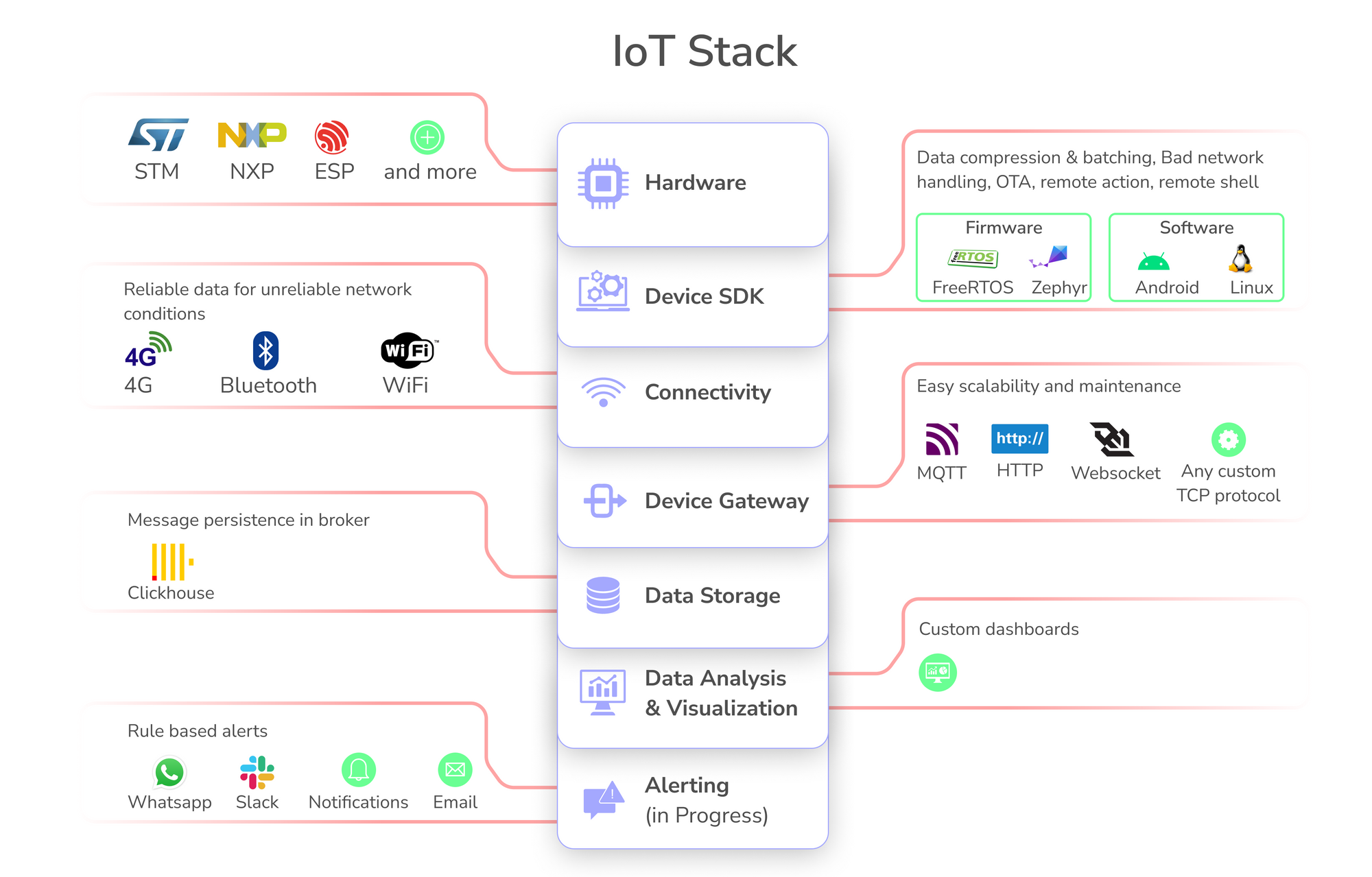Breaking barriers in smart metering with Wi-Fi HaLow: Smart meters are revolutionizing energy management, but traditional communication methods often fall short. This article dives into how Wi-Fi HaLow technology overcomes range limitations, high power consumption, and cost issues associated with older systems, paving the way for more efficient and reliable smart grids. We’ll explore its capabilities, deployment strategies, security considerations, and the exciting future it holds for sustainable energy solutions.
Okay, so Wi-Fi HaLow’s long range and low power are game-changers for smart metering, right? It’s solving the range issues that have held back widespread adoption. But, did you know that while we’re pushing tech boundaries, some folks are focused on completely different challenges, like figuring out what’s up with the new BBC Beyond Paradise fans say the same thing minutes into the show?
Anyway, back to smart meters – HaLow’s really making a difference in getting reliable data from remote locations.
We’ll cover a comparison of Wi-Fi HaLow against other communication protocols, detailing its advantages in range, power consumption, and cost. We’ll also delve into practical aspects like network deployment, data management, and cost-effectiveness, offering insights into successful implementations and future trends.
Wi-Fi HaLow in Smart Metering: A Deep Dive
Smart metering is revolutionizing the energy sector, enabling real-time monitoring and control of energy consumption. However, effective communication between smart meters and the central network remains a critical challenge. Wi-Fi HaLow, with its long-range, low-power capabilities, emerges as a promising solution, overcoming limitations of traditional communication protocols.
Introduction to Wi-Fi HaLow in Smart Metering

Wi-Fi HaLow, operating in the 900 MHz band, offers several advantages over other technologies for smart metering. Its extended range allows for fewer base stations, reducing infrastructure costs and simplifying deployment, especially in geographically dispersed areas. Low power consumption extends battery life in smart meters, minimizing maintenance needs. Furthermore, Wi-Fi HaLow’s inherent security features enhance data protection.
Traditional smart metering technologies often face challenges like limited range, high power consumption, and interoperability issues. Wi-Fi HaLow addresses these by providing a robust, long-range, low-power solution with established interoperability standards.
A comparison of Wi-Fi HaLow with other common smart metering communication protocols highlights its strengths:
| Technology | Range | Power Consumption | Cost |
|---|---|---|---|
| Wi-Fi HaLow | Up to 1 km | Low | Moderate |
| Zigbee | Up to 100 m | Low | Low |
| Z-Wave | Up to 30 m | Low | Low |
| Cellular Networks (e.g., LTE-M, NB-IoT) | Wide Area | Moderate to High | High |
Overcoming Barriers to Wi-Fi HaLow Adoption, Breaking barriers in smart metering with Wi-Fi HaLow
Despite its advantages, several factors hinder widespread Wi-Fi HaLow adoption. These include regulatory approvals in various regions, standardization efforts to ensure interoperability, and security concerns surrounding data transmission.
Addressing regulatory hurdles involves working with relevant authorities to obtain necessary licenses and certifications. Standardization efforts ensure compatibility across different vendors’ equipment. Security is paramount and can be addressed through robust encryption protocols and secure network configurations.
Wi-Fi HaLow’s long-range, low-power capabilities are revolutionizing smart metering, overcoming the limitations of previous technologies. Think about the complexities of managing data – it’s a whole different ballgame compared to, say, understanding the financial regulations surrounding crypto. For a clearer picture on those complexities, check out this helpful resource on Understanding The New IRS DeFi Broker Tax Regulations.
Back to smart meters, though, this improved connectivity means more efficient energy grids and better data management overall.
A secure architecture for a Wi-Fi HaLow based smart metering system could include:
- Secure Boot Process: Ensuring only authorized firmware is loaded.
- Data Encryption: Employing strong encryption algorithms (e.g., AES-256) for all data transmission.
- Authentication and Authorization: Implementing robust mechanisms to verify the identity of smart meters and network devices.
- Intrusion Detection and Prevention: Utilizing security monitoring tools to detect and respond to unauthorized access attempts.
Network Deployment and Management

Deploying a Wi-Fi HaLow network for smart metering involves careful planning and execution. This includes site surveys to determine optimal locations for base stations, careful consideration of network topology, and robust management tools for monitoring and maintenance.
Effective management includes regular network monitoring, firmware updates, and proactive troubleshooting. Different network topologies offer various advantages and disadvantages:
- Star Topology: Simple to implement, but a single point of failure.
- Mesh Topology: Increased redundancy and robustness, but more complex to manage.
- Hybrid Topology: Combines aspects of star and mesh topologies for a balanced approach.
Troubleshooting common issues involves checking signal strength, verifying network connectivity, and examining log files for error messages. A systematic approach, starting with basic checks and progressing to more advanced diagnostics, is crucial.
Data Management and Analytics

Data from Wi-Fi HaLow enabled smart meters needs efficient collection, processing, and analysis. This involves secure data transmission, storage in a reliable database, and the application of appropriate analytical techniques.
Data integrity and security are maintained through encryption, access controls, and regular audits. Data analytics enables the optimization of energy consumption patterns and improves grid management. Predictive maintenance is facilitated by analyzing historical data to identify potential equipment failures before they occur.
Example Dataset:
| Meter ID | Timestamp | Consumption (kWh) |
|---|---|---|
| 12345 | 2024-10-27 10:00:00 | 2.5 |
| 12346 | 2024-10-27 10:00:00 | 1.2 |
| 12347 | 2024-10-27 10:00:00 | 3.8 |
This data can be used to identify peak consumption times, predict potential outages based on consumption patterns, and optimize grid operations.
Cost-Effectiveness and Scalability

Implementing a Wi-Fi HaLow based smart metering system offers significant cost advantages compared to traditional approaches, particularly in large-scale deployments. The extended range of Wi-Fi HaLow reduces the number of base stations required, leading to substantial savings in infrastructure costs.
Cost Comparison (Illustrative):
| Component | Traditional Cost | Wi-Fi HaLow Cost | Cost Difference |
|---|---|---|---|
| Infrastructure (Base Stations) | $100,000 | $50,000 | $50,000 |
| Meter Installation | $50,000 | $45,000 | $5,000 |
| Maintenance | $20,000 | $10,000 | $10,000 |
Wi-Fi HaLow’s scalability allows for easy expansion to accommodate future growth in smart meter deployments. The long-range capabilities minimize the need for frequent infrastructure upgrades as the network expands.
Wi-Fi HaLow’s low-power, long-range capabilities are revolutionizing smart metering, overcoming range limitations of older systems. Think about how this impacts data transmission – it’s a game-changer, much like the controversy surrounding the recent cricket match, as seen in this article: Strikers fume after on-field umpire helps Hobart Hurricanes avoid a. Ultimately, improved data collection via Wi-Fi HaLow leads to more efficient energy management and better grid optimization.
Future Trends and Innovations
Future developments in Wi-Fi HaLow will likely focus on improved security features, enhanced power efficiency, and seamless integration with other IoT platforms and AI-driven analytics. The technology will play a crucial role in building smarter, more resilient, and sustainable energy grids.
A visual representation of the future of smart metering with Wi-Fi HaLow would depict a highly interconnected network of smart meters seamlessly communicating with a central management system. Real-time data visualization would allow for dynamic grid management, optimizing energy distribution and reducing waste. AI-powered analytics would provide predictive insights, enabling proactive maintenance and improved grid reliability. This would ultimately lead to increased energy efficiency, reduced carbon emissions, and enhanced grid resilience.
Closing Summary: Breaking Barriers In Smart Metering With Wi-Fi HaLow
Wi-Fi HaLow is poised to transform smart metering, offering a compelling solution to long-standing challenges. By addressing range limitations, security concerns, and cost factors, this technology opens doors to more efficient energy grids and sustainable practices. Its scalability and adaptability make it a crucial component in the future of smart energy management, promising a more connected and environmentally conscious world.
The potential cost savings and improved grid efficiency make it a strong contender for widespread adoption.
Q&A
What is the typical lifespan of a Wi-Fi HaLow enabled smart meter?
The lifespan varies depending on the manufacturer and specific model, but generally, they are designed to last for 10-15 years.
How does Wi-Fi HaLow handle interference from other wireless signals?
Wi-Fi HaLow operates in the 900 MHz band, which experiences less congestion than the 2.4 GHz and 5 GHz bands used by other Wi-Fi technologies. This reduces interference, but proper channel planning is still recommended for optimal performance.
What are the regulatory requirements for deploying Wi-Fi HaLow networks?
Regulations vary by country. It’s essential to check with local authorities to ensure compliance before deploying a Wi-Fi HaLow network for smart metering.
Can Wi-Fi HaLow be used in areas with limited or no cellular coverage?
Yes, one of its key advantages is its ability to function effectively in areas with poor or no cellular coverage, making it ideal for remote locations.